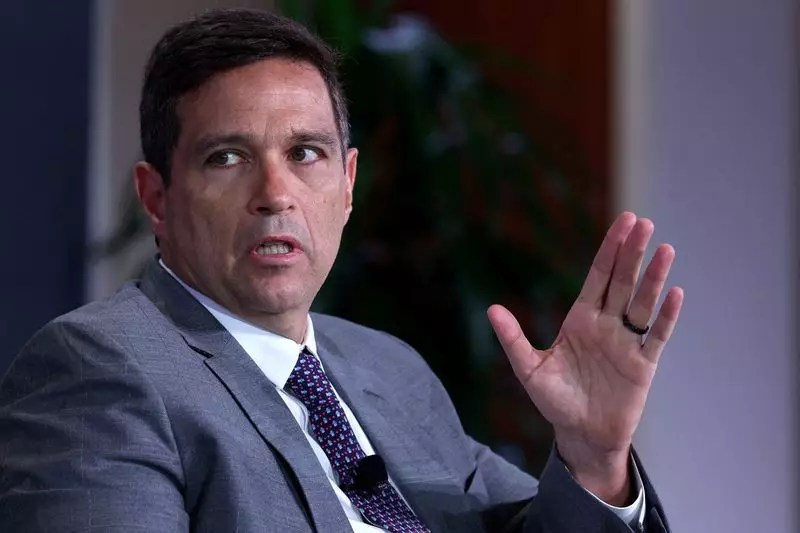The Brazilian real has been facing accelerated weakening in recent times, with a nearly 12% depreciation against the U.S. dollar this year. Central bank chief Roberto Campos Neto attributes this depreciation to specific Brazil-related factors and heightened risk perceptions. Despite this, there has been some relief in the real’s value following the central bank’s indication of a potential interest rate hike to combat inflation.
Campos Neto clarified during a congressional hearing that the central bank has refrained from intervening in the foreign exchange market due to the absence of any observed dysfunctions. He highlighted the importance of allowing the currency to float to absorb shocks and prevent distortions in relative prices that could impact resource allocation in the economy. The decision to intervene in the exchange rate market is a collective one at the monetary authority, and the central bank stands ready to act if necessary.
While the central bank’s disinflation process has had minimal impact on economic activity, Campos Neto stressed the need for continued perseverance as inflation expectations drift away from the official 3% target. He acknowledged that disinflation has slowed, signaling the importance of ongoing vigilance to maintain price stability and economic balance. The central bank’s monetary policy director, Gabriel Galipolo, plays a key role in overseeing the foreign exchange market and is being considered as a potential successor to Campos Neto.
Campos Neto mentioned that the central bank holds significant foreign exchange reserves to bolster its ability to intervene if required. However, he reiterated that interventions are made only when there are clear signs of dysfunction in the market. The central bank’s focus is on maintaining stability and ensuring that market forces operate efficiently to avoid unnecessary distortions. Despite external pressures, the central bank remains committed to its mandate of price stability and sustainable economic growth.
The recent challenges faced by the Brazilian real underscore the importance of prudent monetary policy and a proactive stance towards addressing economic imbalances. The central bank’s commitment to transparency and market-driven interventions will be crucial in navigating through the current uncertainties and restoring confidence in the currency’s value.


Leave a Reply